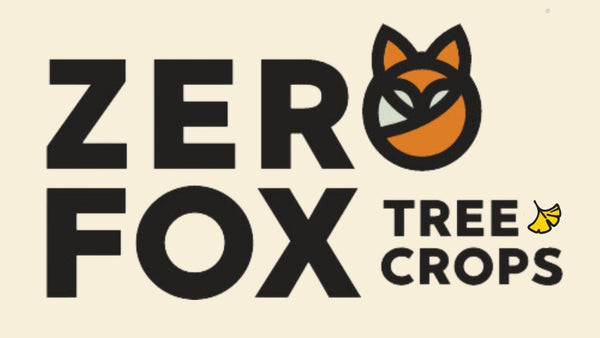Hazelnut (Corlyus spp.)
Hazelnut (Corlyus spp.)
Local Pickup Available in Harrop, BC
Couldn't load pickup availability
Why We Grow It
Why We Grow It
Hybrid Hazelnuts are an excellent choice for food forests, silvopasture, and integrated farming systems due to their multifunctionality. Hazels represent a staple crop to replace olive oil and coconut oil that people in cold climates have grown reliant upon. They provide high-value nuts for human consumption and animal feed, support pollinators, and create habitat for wildlife. Their adaptability to diverse soil types and climates makes them a resilient addition to permaculture designs, while their ability to improve soil health and stabilize slopes enhances ecological restoration efforts. By integrating Hybrid Hazelnuts, growers can achieve productive, sustainable landscapes that support both biodiversity and agricultural needs.
How the Plant Grows
How the Plant Grows
Hybrid Hazelnuts grow as bushy, multi-stemmed shrubs with rounded canopies. They leaf out in spring with bright green foliage, followed by inconspicuous yellowish catkins in early spring, which are the male flowers. Female flowers are small and red, leading to nut clusters that mature in late summer to early fall. Over the years, they establish deep roots, improving drought tolerance and contributing to soil stability.
Plant Size
Plant Size
Size at Maturity- Shrub Layer. Typically grows to 8-15 feet tall with a similar spread. Large bushes can get upwards of 20 feet and can be pruned back for easier harvesting.
Current Size- XL Gellatly 2'+ , 1 year old seedling
Large Gellatly 1'-2', 1 year old seedling
XL OSU 2'+, 1 year old seedling
Large OSU 1'-2', 1 year old seedling
B Grade OSU 6"-12", 1 year old seedling
Additional Info
Additional Info
Hybrid Hazelnuts are the result of crossbreeding efforts to combine the high yields of European hazelnuts (Corylus avellana) with the hardiness of American hazelnuts (Corylus americana and Corlyus cornuta). Their nuts are a valuable source of protein and healthy fats, enjoyed by both humans and animals. In agroforestry systems, they are prized for their ability to provide dense hedgerows, shelter for wildlife, and natural feed for free-range livestock like pigs and poultry. Hazelnut wood is also used in crafting, toolmaking and fencing.
Hybrid Hazelnuts are a cornerstone species for modern agroforestry, food forests, and sustainable farming practices. These hardy and adaptable nut bushes offer high yields of protein-rich nuts while enhancing biodiversity and ecological resilience. Ideal for creating productive understory layers, Hybrid Hazelnuts thrive in diverse conditions, making them perfect for permaculture systems and integrated animal farming. Their nuts provide a natural and nutritious feed source for livestock, and their robust growth habits contribute to soil stability and habitat creation
OSU Hazels- These hazelnuts are seedlings grown from seed collected from well known blight resistant specimens bred by Oregon State. They come from a planting featuring Jefferson, Yamhill, Gamma, and other cultivars. Nuts are large and likely include a high level of blight resistance.
Gellatly Hazels- These hazelnuts are from original plantings by the famous nut breeder Jack Gellatly in Kelowna, British Columbia. Gellatly’s hazels were hybrids of many types of commercial varieties native to Europe crossed with other North American hazels from a range locations within Canada and America. Over many decades, he proceeded to select for blight resistance and nut production achieving large success with plantings that still stand strong today. They produce large crops in a dry inland climate with historic temperature lows reaching well below -20c.
Share
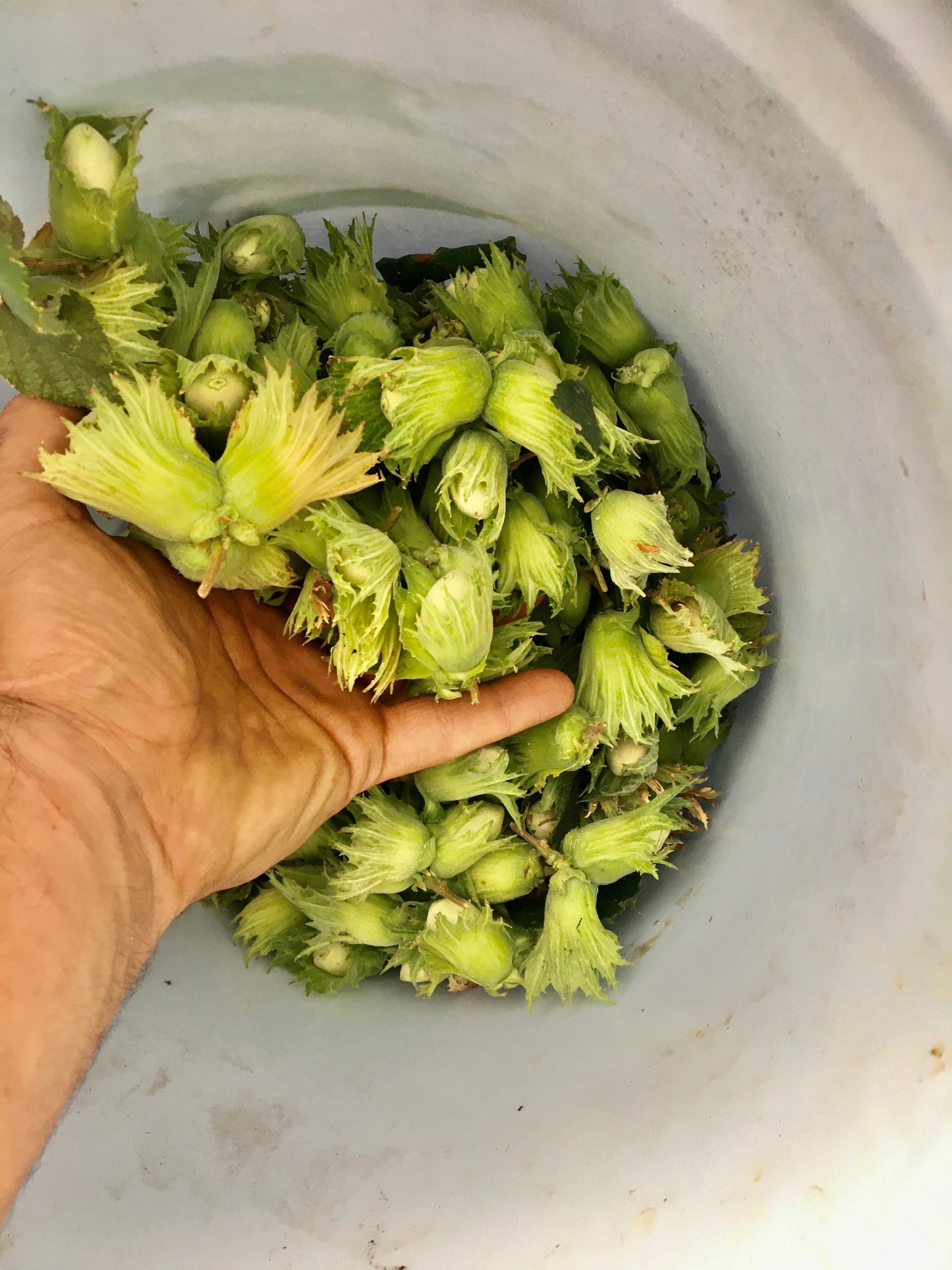
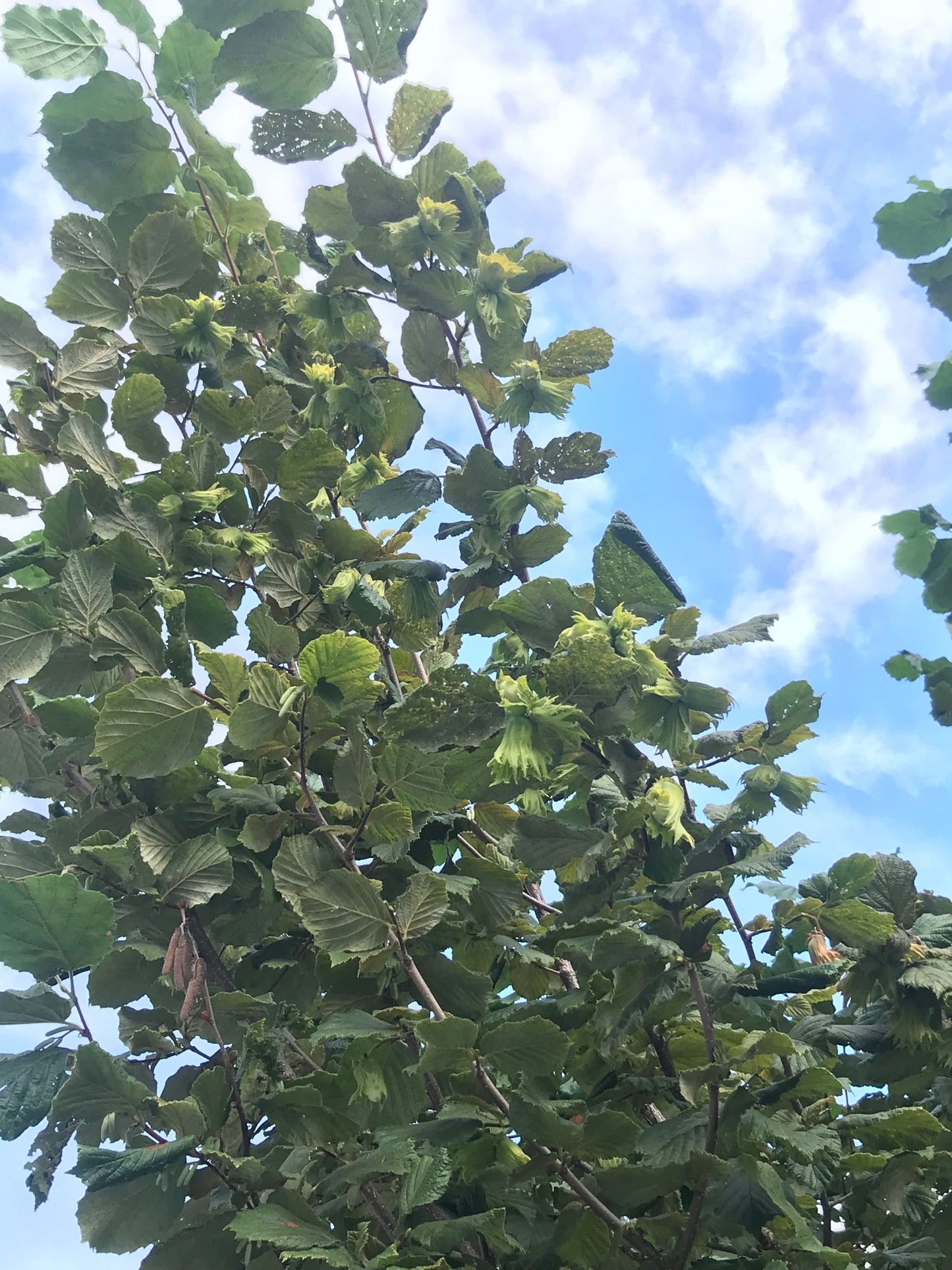
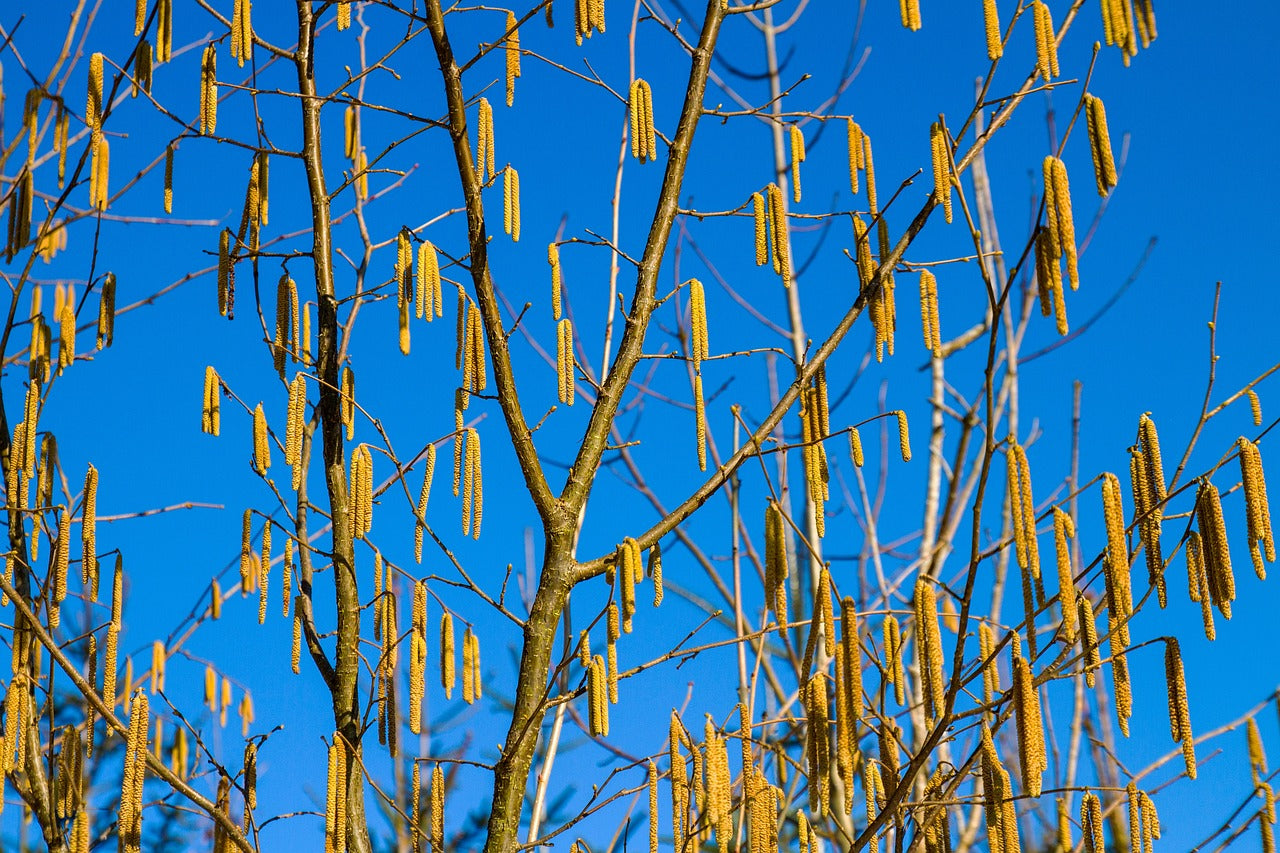
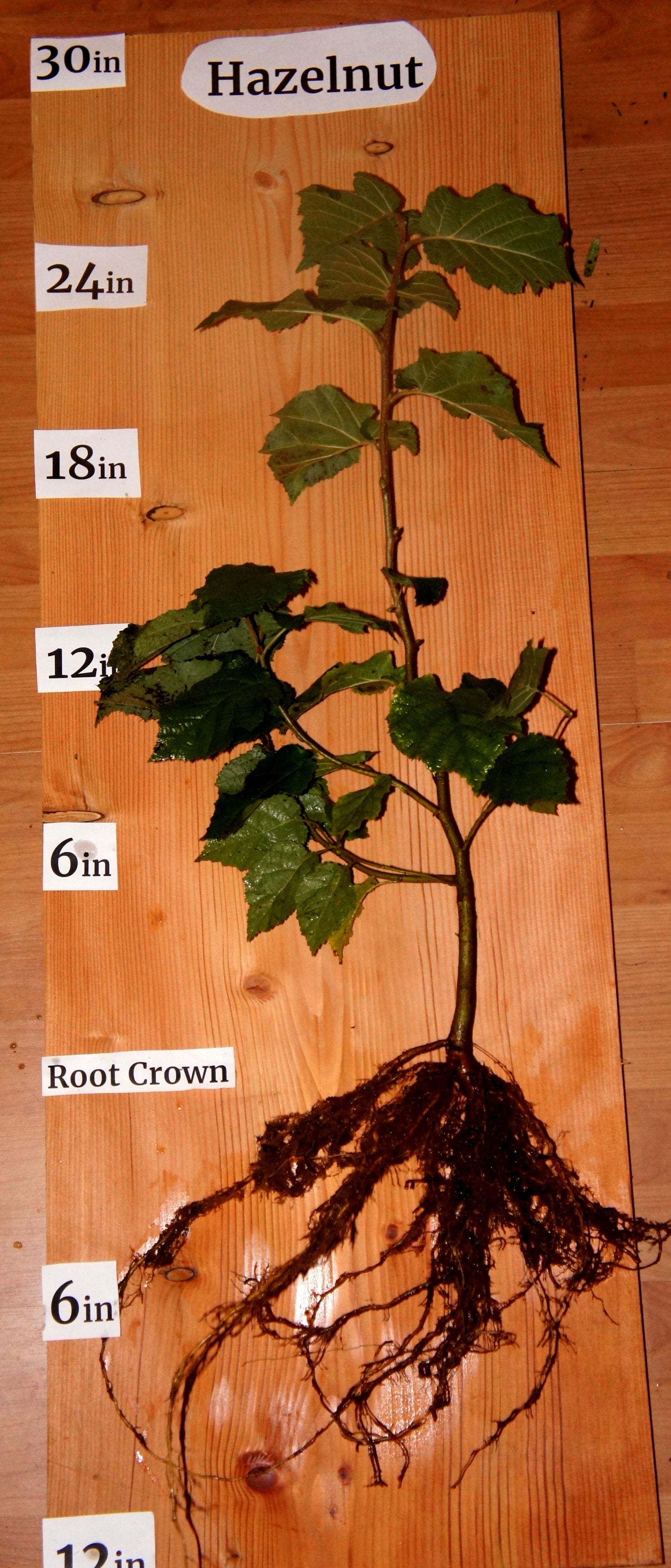
Plant Highlights
-

Water
Requires consistent moisture during establishment and nut development; drought-tolerant once mature
-

Pollination
Wind-pollinated; planting multiple shrubs is necessary for nut production.
-

Soil
Adaptable to various soil types; thrives in well-drained, fertile soils with a neutral to slightly acidic pH (6.0-7.0)
-

Years to Bear
Produces nuts within 3-5 years of planting
-

Hardiness
Zone 3/4, tolerating temperatures as low as -45° depending on the specimen.
-

Solar
Prefers full sun but tolerates partial shade; sunnier conditions improve nut yields.
Subscribe to our emails
Lots of Free Growing Info. Be the first to know about new plants and exclusive discounts.
